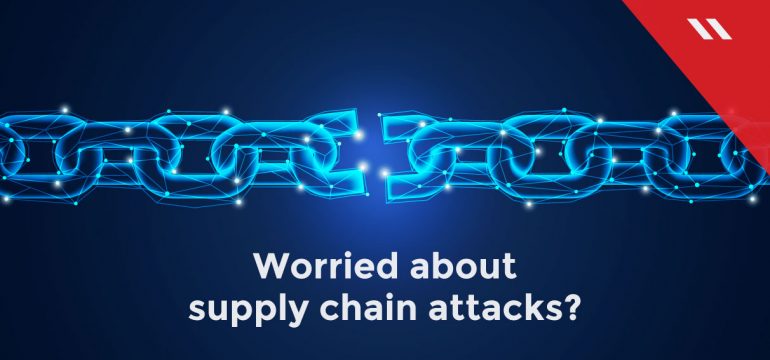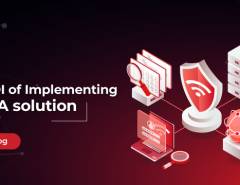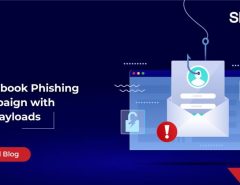A supply chain is an omnipresent and inseparable element in every business, irrespective of its size. Hence, when it comes to cybersecurity specific to this aspect, simply protecting an enterprise’s periphery isn’t enough.
Supply chains consist of people, logistics, systems, vendors etc. working on the inside and the outside of business frameworks. In an increasingly inter-connected world, all enterprises have some communication with such parties, and this linkage can increase the risk of a cyberattack.
Hence, it is vital for organizations all around the world to consider securing their business against the possibility of a malware attack channelized through a supply chain.
Supply chain attacks occur when an enterprise is breached through any component of a supply chain with access to an enterprise’s data and systems. This is a type of threat which is continuously evolving – the highly publicized NoPetya attack took advantage of a legitimate update mechanism to trespass.
The breach at retail giant Target in 2014 happened due to lax security at an HVAC vendor.
Cybercriminals have been quick to understand that while enterprises are getting very serious about their cybersecurity, they may not always be able to force, at least third parties, to adopt their cybersecurity rules.
This would implicitly mean that supply chains can often be the weakest link from a cybersecurity perspective for an enterprise.
The question is, how do Chief Information Security Officers (CISOs) deal with the implications of such an attack? What kind of steps can they take?
Supply chain evaluation and assessment
The first rule for any business is to evaluate and assess every aspect of their supply chain.
A CISO must take this rule to its natural conclusion when considering the threat of supply chain attacks.
This is particularly important for third party vendors as they operate with a different rulebook – before any binding contract is done with them, it is important that they agree to integrate with cybersecurity policies of the former.
Also, the history of these vendors must be looked into, before partnering with them.
Cybersecurity as an agreement
When doing business with third parties, CISOs must ensure that the working agreement also has a detailed cybersecurity framework.
Re-iterating, CISOs must input a mandatory clause for third parties to agree to the cybersecurity rules and protocols laid out by the enterprise.
Regular audits are key
Now even if all external vendors and third parties have been assessed, a CISO cannot sit back and relax thinking that the job is done.
Establishing, processes and frameworks are great but following them can decline over time and here is where audits can come in.
The CISO must ensure regular audits happen with all stakeholders and that all the parties involved are diligently following cybersecurity protocols.
Data control
The crux of data control is to understand which party has access to what kind of data? What kind of controls do they have?
These are important questions which CISOs must ask, also ensuring they have all the answers. If a vendor is required to access confidential business information, the scrutiny on them must be higher. Also, they must pass all cybersecurity hygiene checks before being approved to access company data.
Scrutiny must be continuos and CISOs must have complete visibility of how this data is being used.
Keep an Incident Response plan ready
Businesses and its CISOs may face situations of a cyberattack even after implementing optimum threat defence. Things can go awry, especially when it comes to a function as ever-evolving as cyberthreats.
CISOs must formulate and have an Incident Response Plan in place from a supply chain attack perspective. This is because, in this day and age of interconnectedness, it is difficult to plug all the holes – breaches can happen from anywhere.
An Incident Response Plan will allow a clear strategy in situations when the unexpected happens.
As for a cybersecurity solutions partner, Seqrite offers a unified, powerful solution for protection against supply chain attacks.
The Unified Threat Management (UTM) solution offers a cohesive layer of security to the enterprise while the Endpoint Security (EPS) solution provides a complete endpoint protection solution with specialized features.
Get in touch with us for a bespoke assessment of your cybersecurity architecture.




